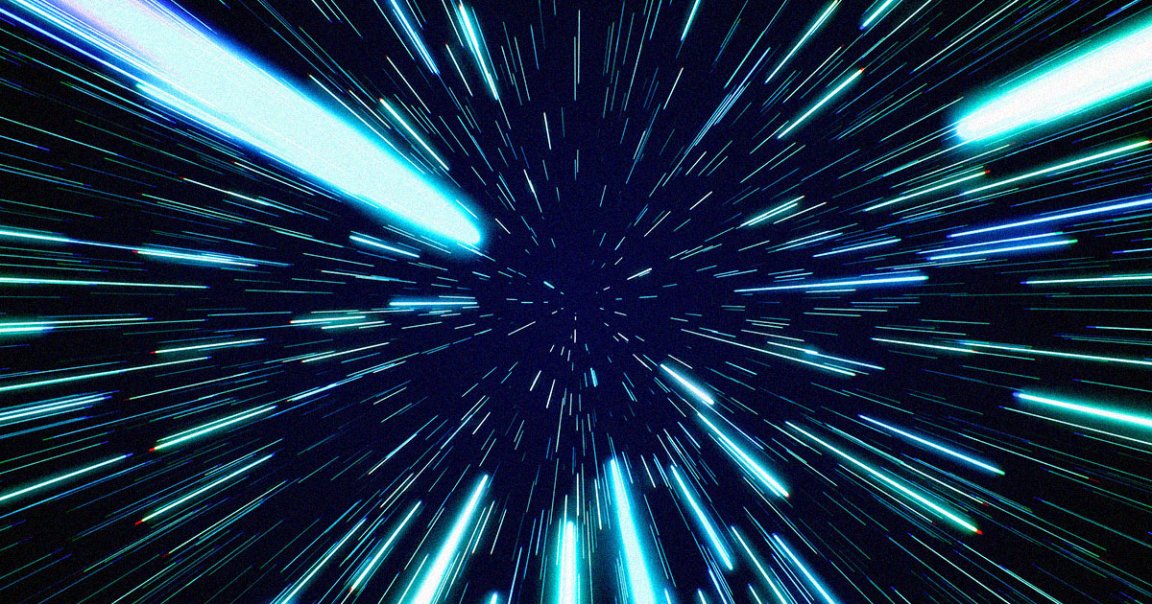
The dream of a warp drive, a futuristic propulsion system that could allow us to cover astronomical distances at the speed of light or faster, is still alive.
While the idea has historically been relegated largely to the realms of science fiction, a growing number of engineers are hard at work trying to turn it into a reality.
Take Chance Glenn, an engineering professor and provost of the University of Houston-Victoria, who tells The Debrief that he’s ready to bring early-stage research on a new concept to a lab.
Needless to say, an actual warp drive as seen in “Star Trek” is still many years out — if it ever materializes, that is. But with a bit of luck and creativity, researchers like Glenn are starting to suspect we could inch closer to ways to play with the rules of space and time.
Glenn is ready to throw funding and his time behind a brand new idea — not to create a “warp bubble,” the protective cocoon that would shield a spacecraft as it flies at superluminal speeds, but to see how time and space could be bent.
“My planned experiment (involves) pumping a radio frequency chamber with a laser beam running through it,” he told The Debrief, “and if somehow, even slightly, space/time is distorted in some way, it could be detected.”
To do just that, Glenn is planning to fill the chamber with ethylene glycol — better known as the antifreeze that helps run your automobile — a surprisingly simple off-the-shelf material for an otherwise complex experiment.
The material could allow Glenn to detect traces of gravitational waves, or ripples in spacetime first predicted by Albert Einstein over 100 years ago, not from thousands of light years away, but right here on Earth.
By pulsing a laser in this chamber, Glenn hopes to catch these ripples in the act, results that he hopes could have implications for our future efforts to build warp drives.
Fortunately, the professor already has secured funding and valuable connections at NASA’s Jet Propulsion Laboratory and SpaceX, he says. He even says he’s gotten an invitation from noted warp drive expert Harold White to make use of his lab, according to The Debrief.
“I’m hoping to run initial experiments in the first half of 2023,” Glenn told the publication. “Maybe sometime in March or early spring.”
While the dream of a working warp drive is still as distant as ever, first steps are often the hardest.
“Mathematics and all of that is cool,” Glenn told The Debrief, “but there is nothing like proving it.”
READ MORE: How DARPA, Star Trek, and UFOs Inspired This Engineer to Unravel the Secrets to Warp Drive Propulsion [The Debrief]